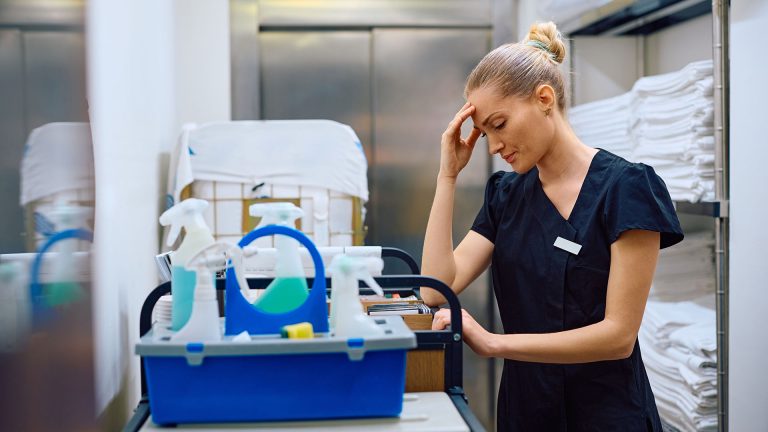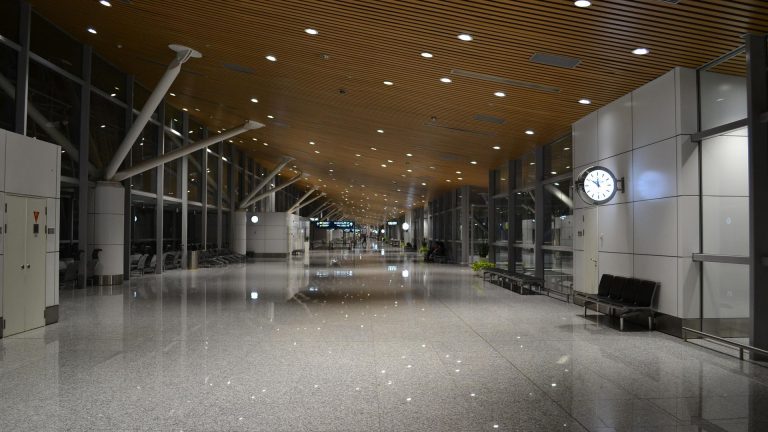The bottom line advantage of improving worker safety was a recurrent theme this past week as businesses celebrated North American Occupational Safety and Health Week. The annual cost to American businesses of workplace injuries and illnesses is $171 billion. Safety improvement need not come at the expense of efficiency and productivity was the oft-promoted lesson.
“When it comes to improved productivity, safety is an overlooked area,” said Michael Davis of Sedlak Management Consultants. “A lot of times, you don’t realize how much a workmen’s compensation claim costs or the hit you take to morale and productivity if someone gets hurt on the job.” Davis suggested four easy fixes for creating a safer, more productive work environment in warehouses and distribution centers:
- Create designated walkways for pedestrians and equipment. This is particularly important when forklifts or other equipment must share the same floor space with pedestrians. A low-cost solution can be as simple as outlining walkways in yellow paint and installing guardrails to protect pedestrians from equipment traffic.
- Install an alert system to warn pickers of coming traffic. Mirrors can also be installed to help workers track the activity of others, particularly when picking areas are crowded or are shared by both pedestrian and vehicle traffic. Davis says an alert system can be installed for $1,500 to $4,500, a fraction of the cost of a workmen’s compensation claim.
- Safety gates that protect mezzanines are required by OSHA. Unfortunately, most safety gates are manually operated and may occasionally be left open. Installing a safety gate that closes automatically better protects high traffic areas.
- Sensors around automated equipment can protect workers from inadvertent injury. Robotic pickers and palletizers are often used alongside human workers to improve productivity in picking and shipping operations. Davis suggests, “the installation of a light curtain around automated equipment. That’s a system of photoelectric eyes that create a barrier around the equipment. If the beam from the photoelectric eye is broken because someone is in that area, the equipment automatically shuts off.”


